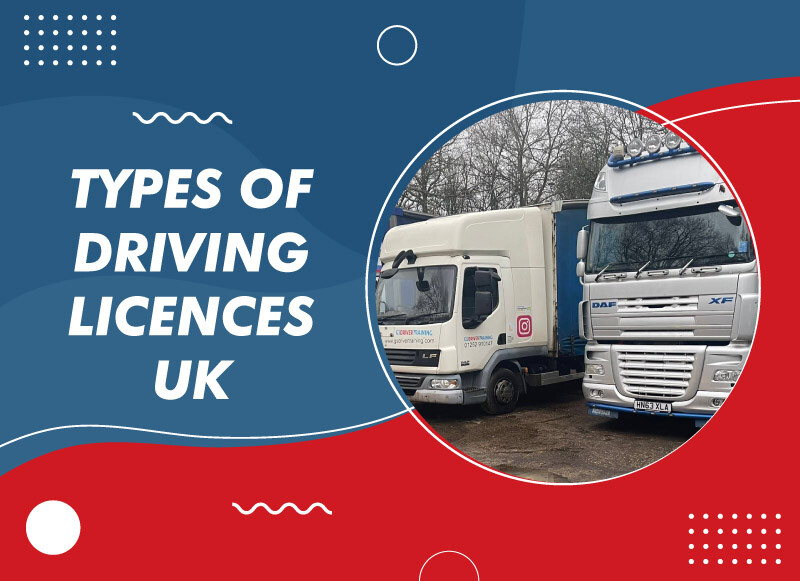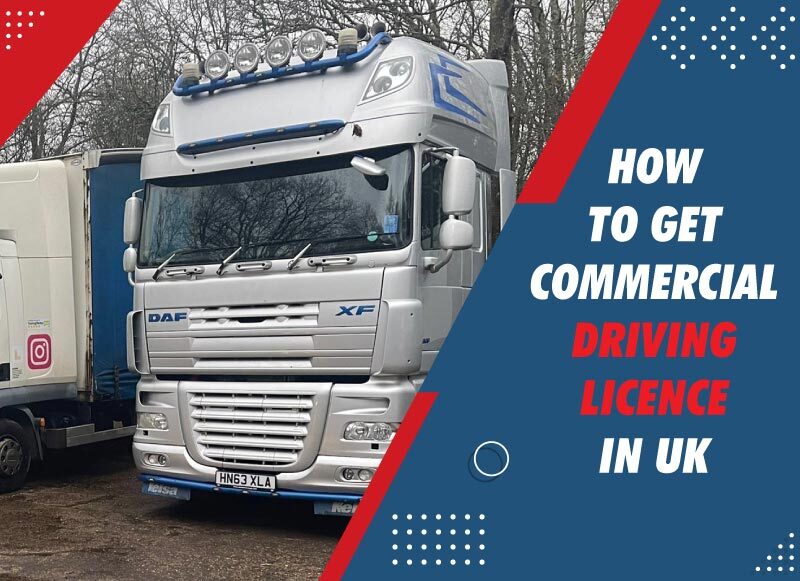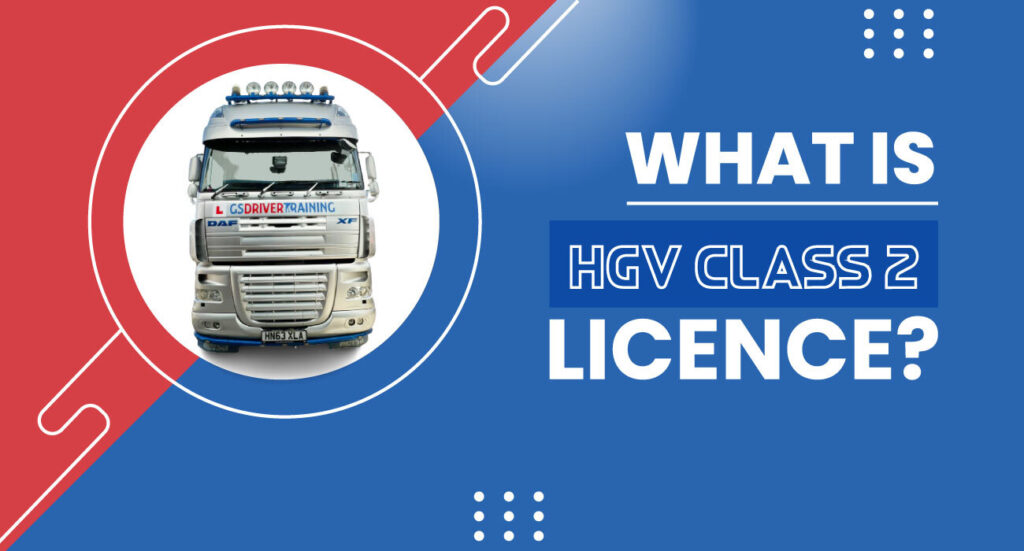
Types of Driving Licences UK
Read More
How much is a Class 2 Licence
Read More
How to get a D1 licence
Read More
How to get Commercial Driving Licence in UK
Read More
What is HGV Class 2 Licence?
Read More
Offering 10% Discount on our Training Courses
Why Driving Licence in UK is Important
Obtaining an HGV driver’s licence gives you access to a multitude of job prospects. You can deliver essential equipment to sites both inside and outside the nation while working for one of the top businesses in the globe.
In the UK, there are several types of driving licences, each catering to different vehicle categories. The most common include the Category B licence for cars, Category C for lorries, and Category D for buses. Understanding these categories is essential for aspiring drivers to choose the right training and licensing path.
For instance, the Category C licence allows drivers to operate vehicles over 3.5 tonnes, which is crucial for those looking to pursue a career in logistics or transportation. Similarly, the Category D licence is necessary for professional bus drivers, ensuring they meet the specific requirements for passenger transport. Each licence type requires tailored training and testing to ensure driver competency.
GS Driver Training provides a range of driver training courses designed to meet the specific needs of different drivers. These courses include HGV (Heavy Goods Vehicle) training, PCV (Passenger Carrying Vehicle) training, and CPC (Certificate of Professional Competence) courses, each aimed at preparing candidates for their respective driving tests.
For example, the HGV training course includes both theoretical and practical components, ensuring that learners are well-equipped to handle large vehicles. The CPC course is mandatory for professional drivers and focuses on enhancing road safety and driving standards. By offering these specialized courses, GS Driver Training ensures that all drivers are prepared for their roles on the road.
Medical examinations are a critical component of the driver licensing process in the UK. They ensure that all drivers meet the necessary health standards to operate vehicles safely, particularly for those applying for HGV and PCV licences, where the risks are higher.
During these examinations, drivers undergo assessments that may include vision tests, blood pressure checks, and evaluations of any pre-existing medical conditions. For instance, individuals with certain medical conditions may need to provide additional documentation to confirm their fitness to drive. This process helps maintain road safety and ensures that all drivers are capable of handling the responsibilities of operating a vehicle.
The process of obtaining a driving licence in the UK involves several key steps that aspiring drivers must follow. Initially, candidates need to apply for a provisional licence, which allows them to start learning to drive under supervision. This is a crucial first step in the journey towards becoming a licensed driver.
Once the provisional licence is obtained, the next steps include completing a driver training course, passing the theory test, and finally, taking the practical driving test. Each of these stages is designed to ensure that drivers are adequately prepared for the responsibilities of driving. For example, the theory test assesses knowledge of road signs and traffic laws, while the practical test evaluates driving skills in real-world conditions.